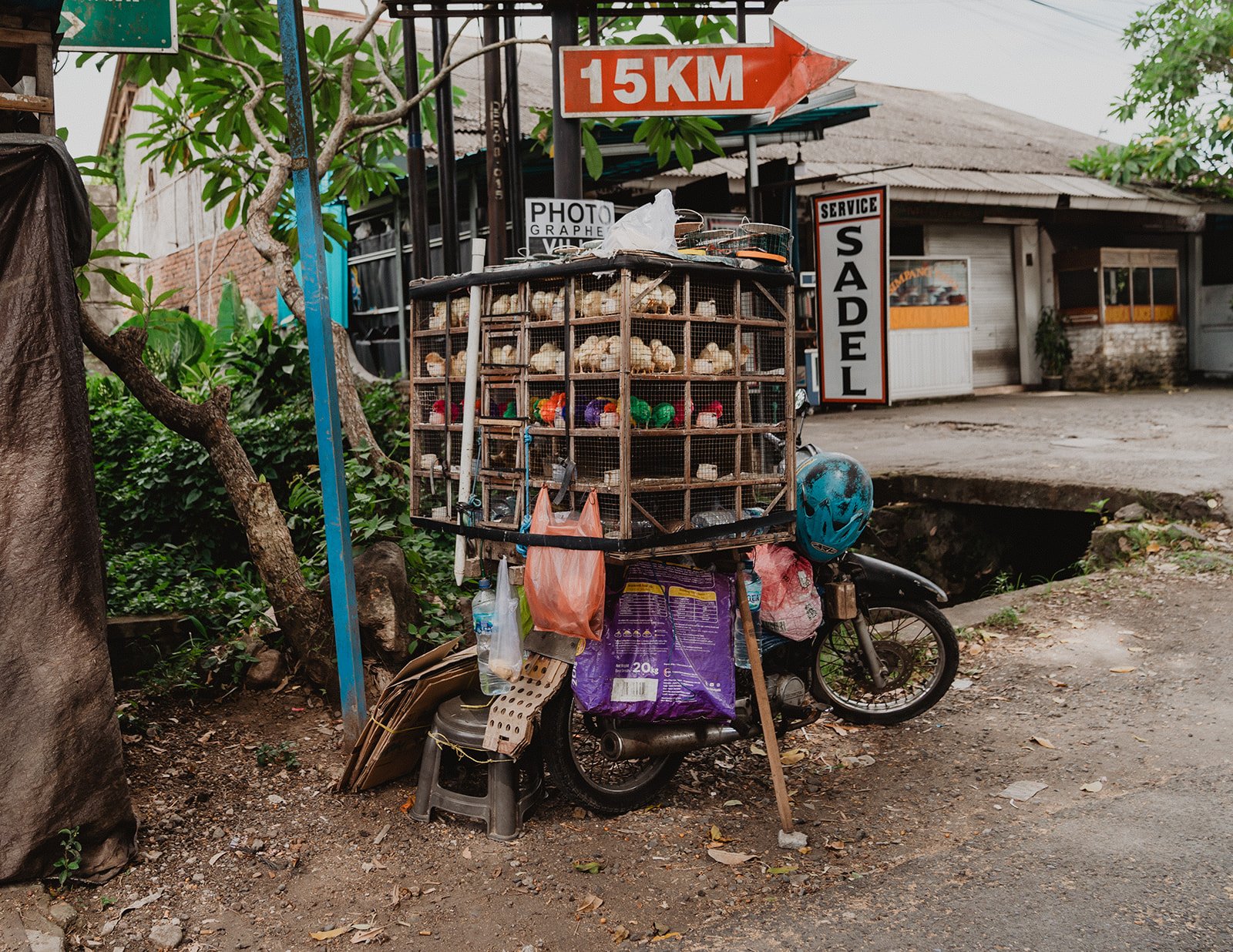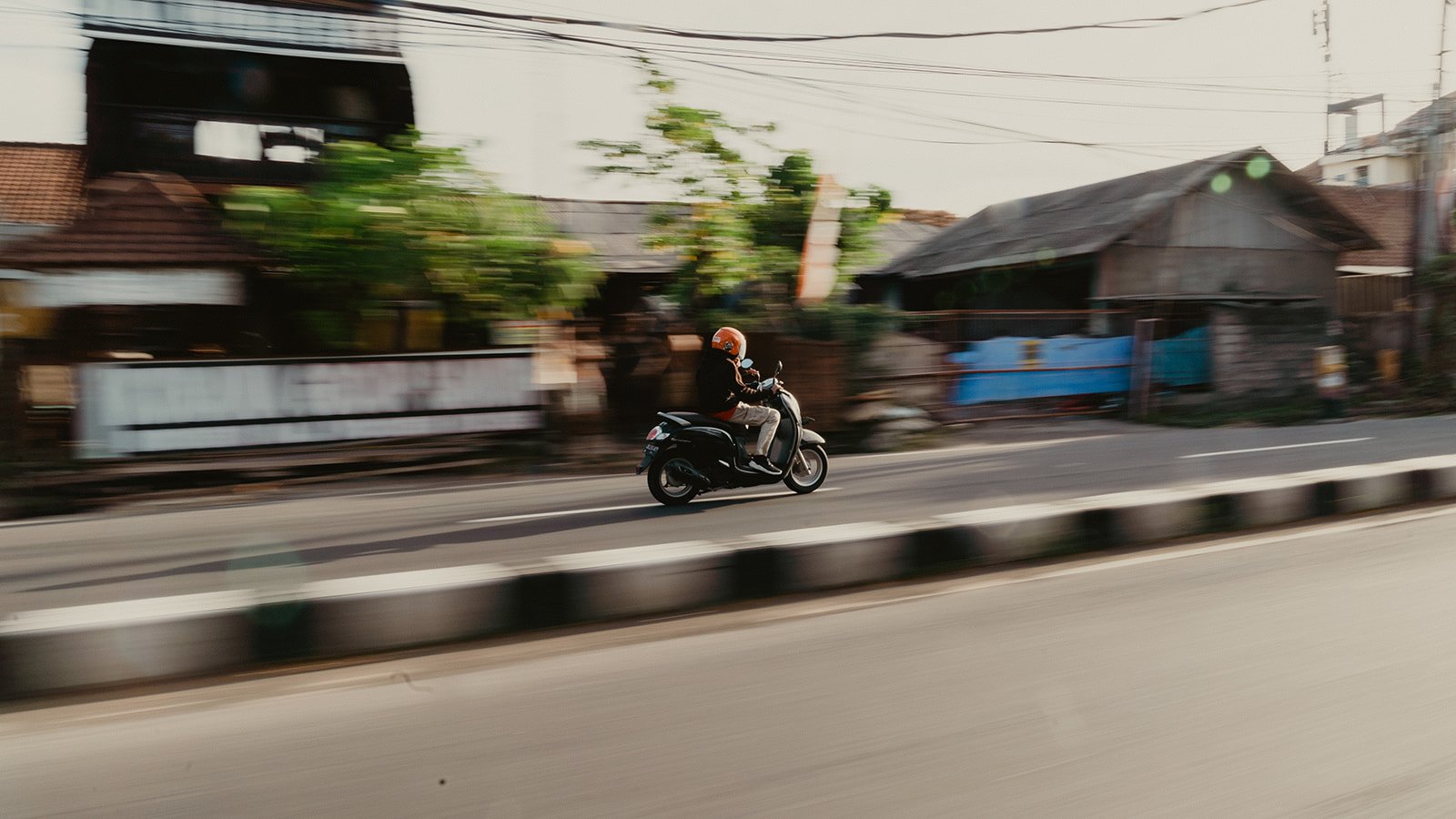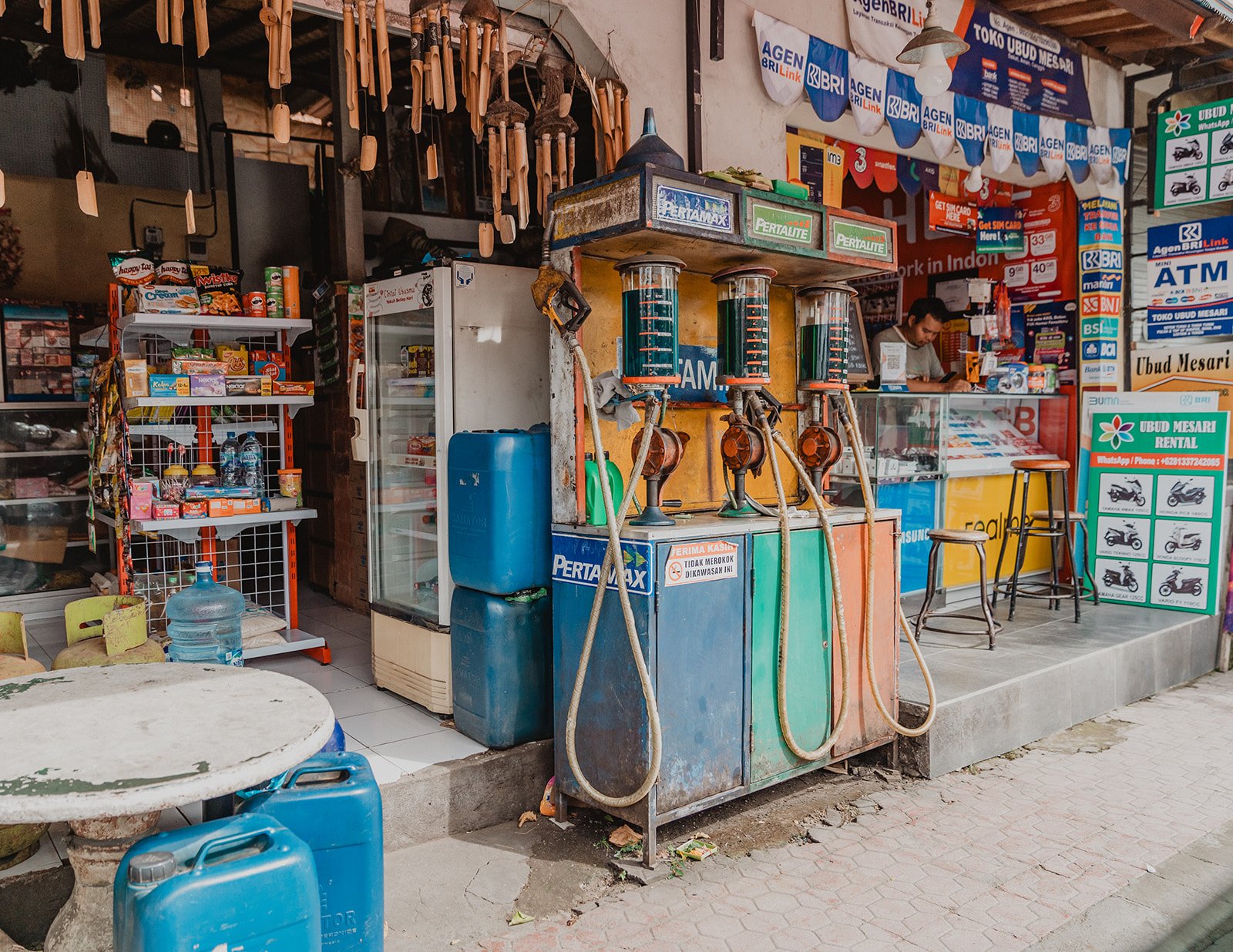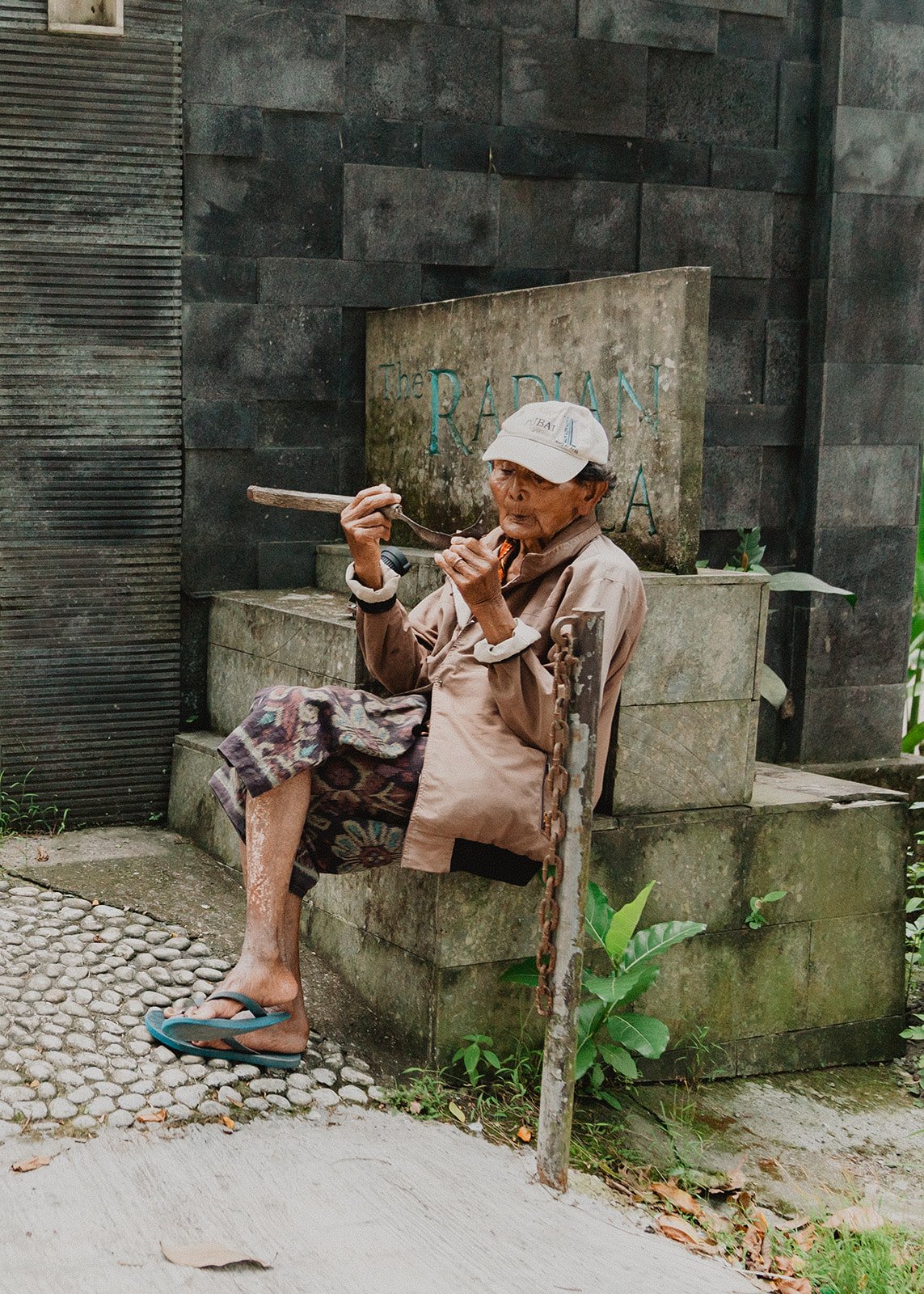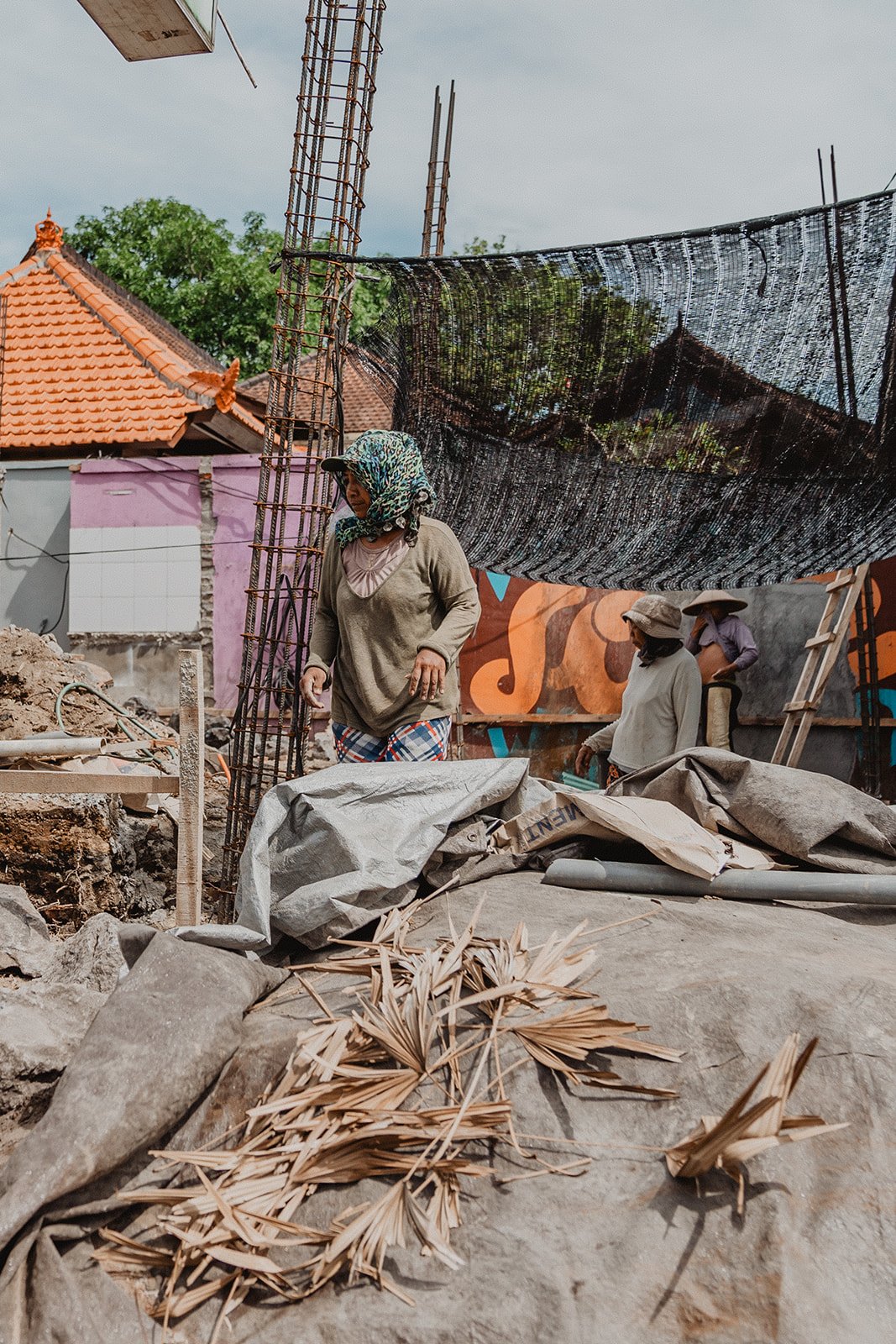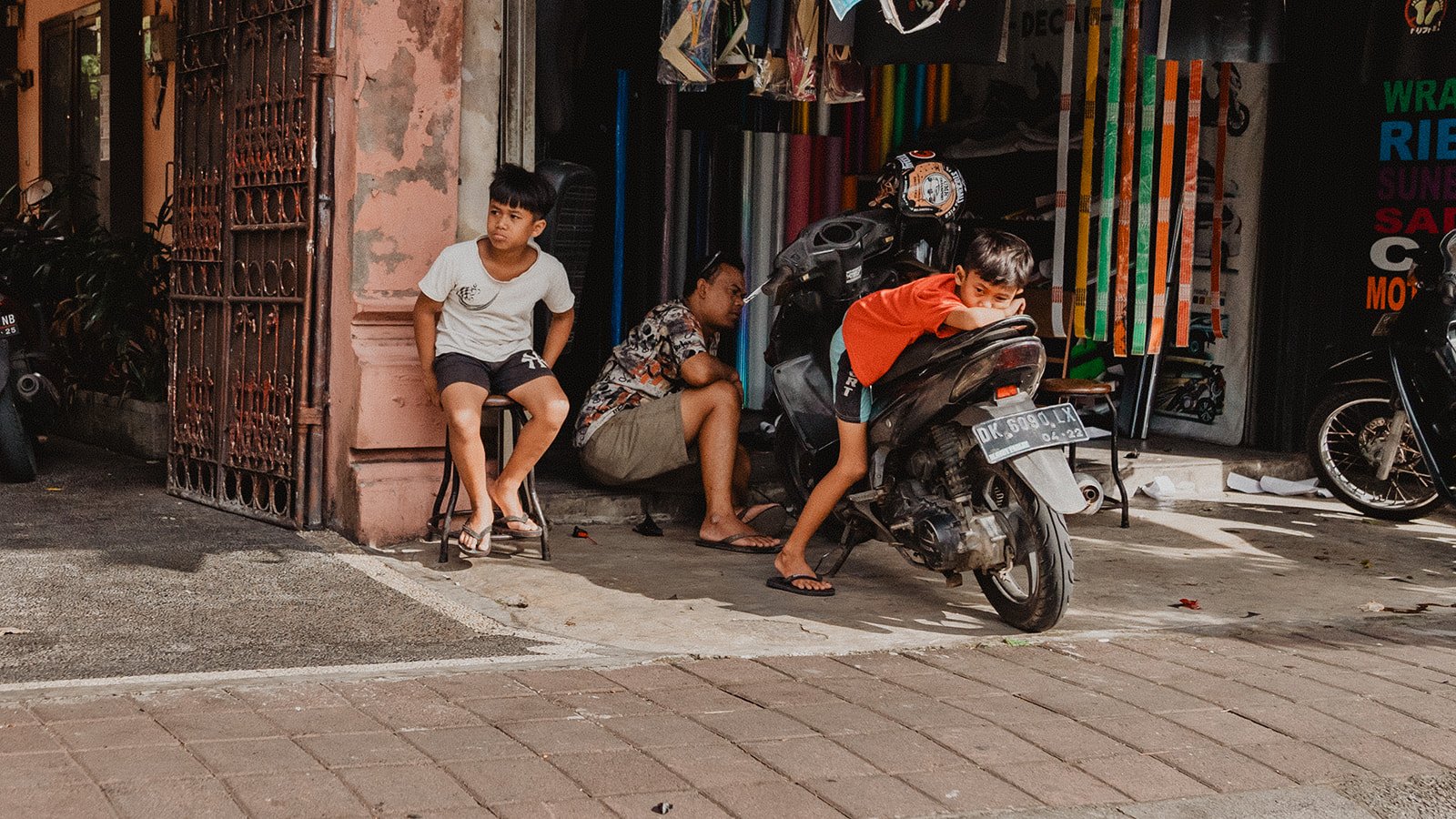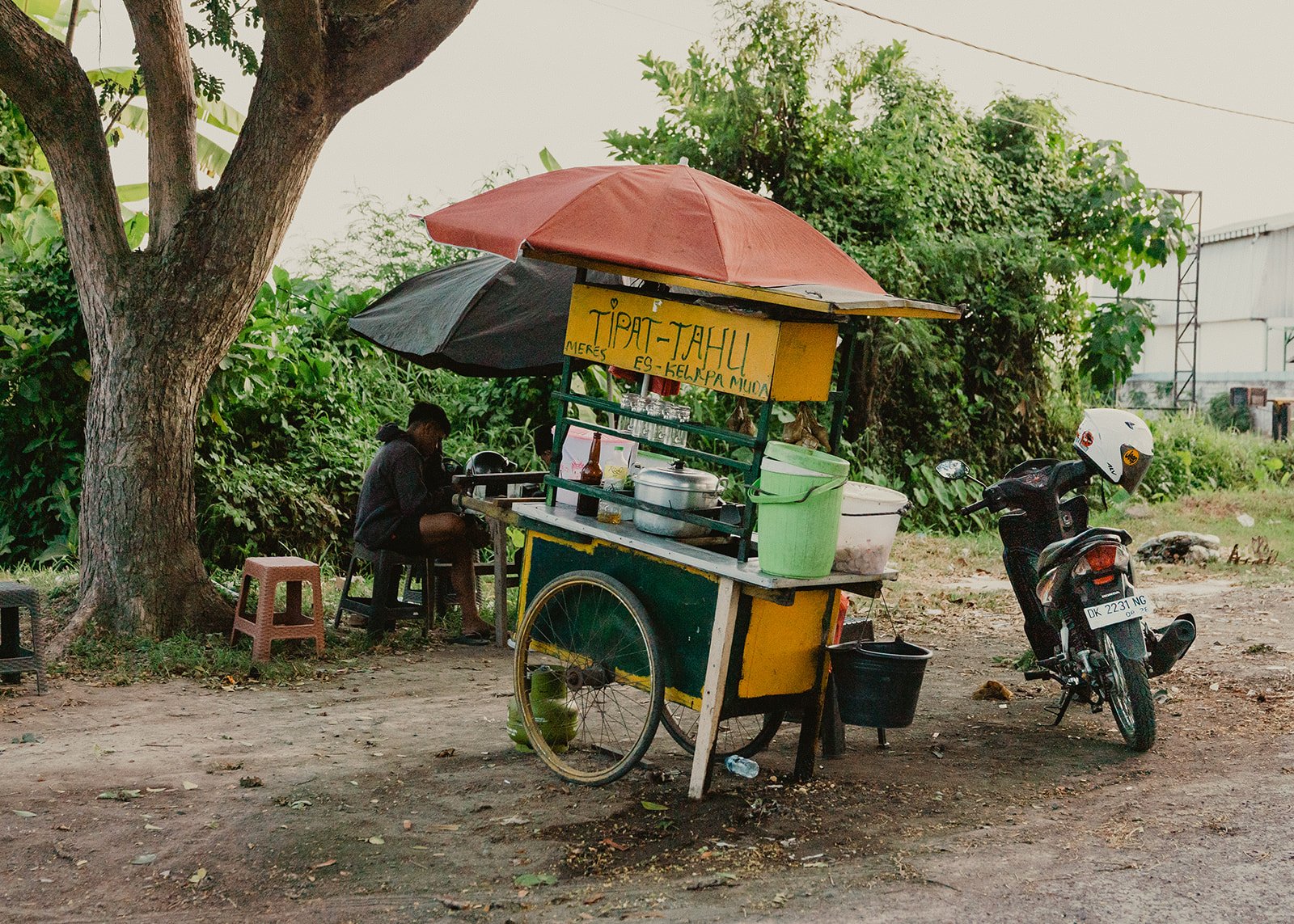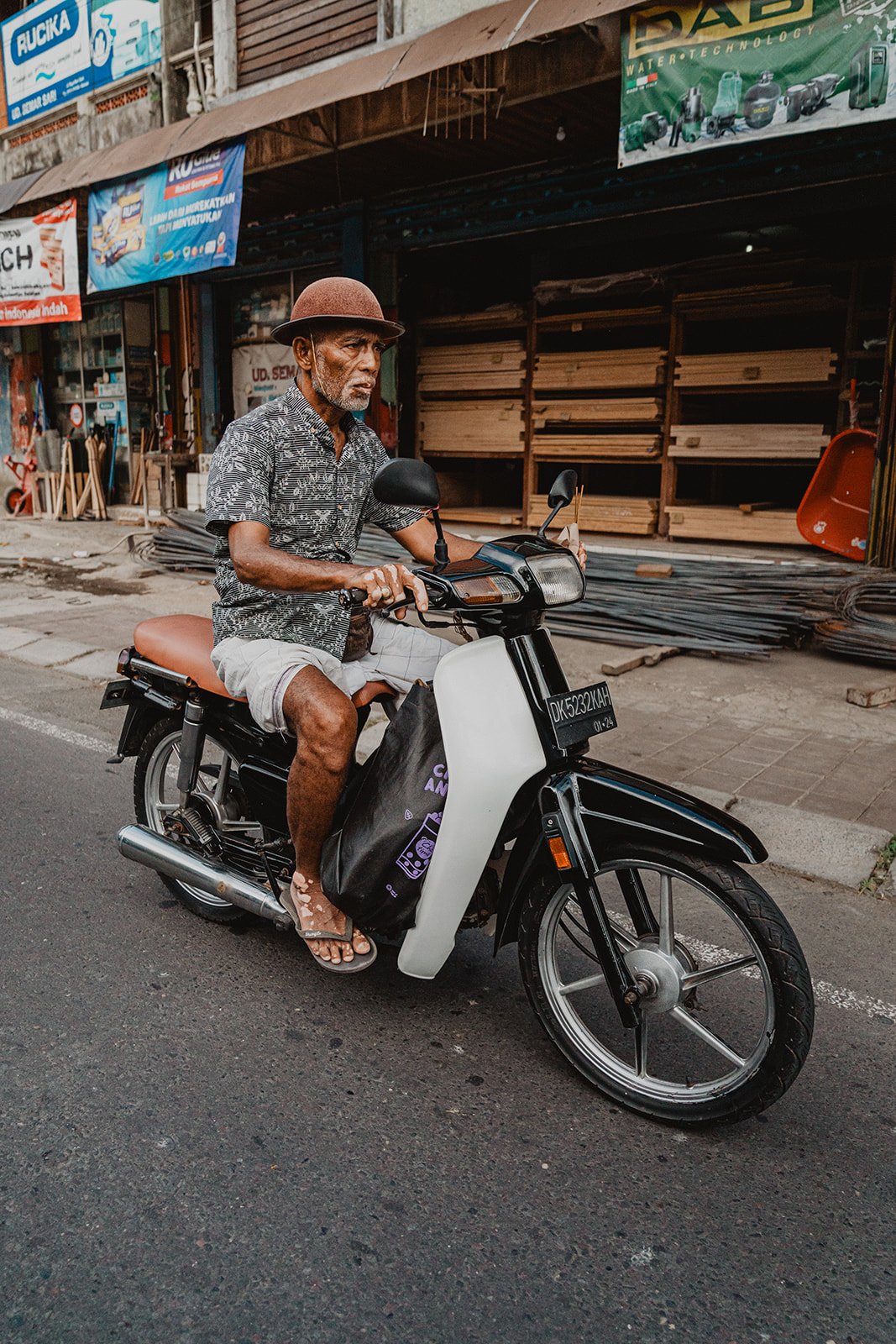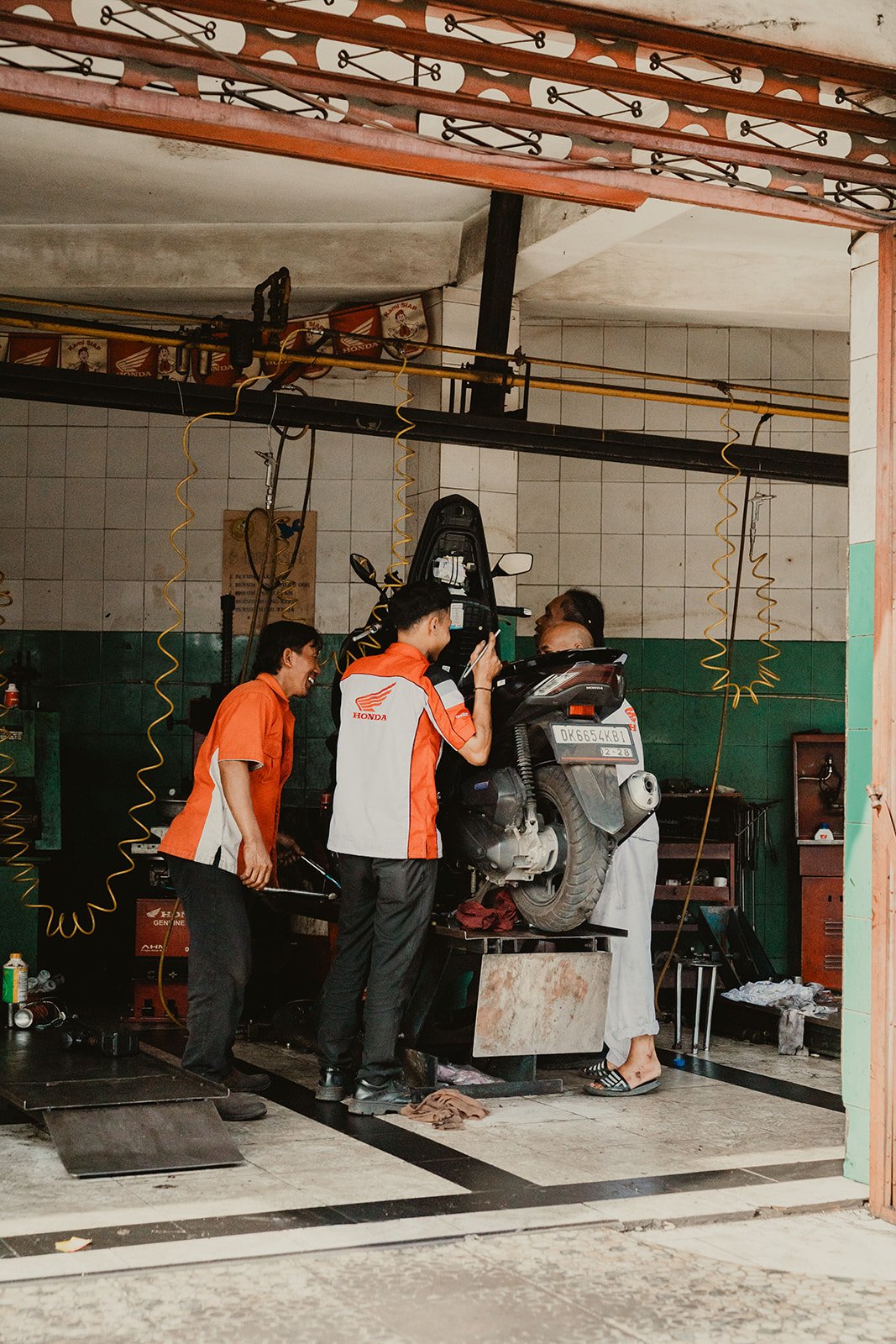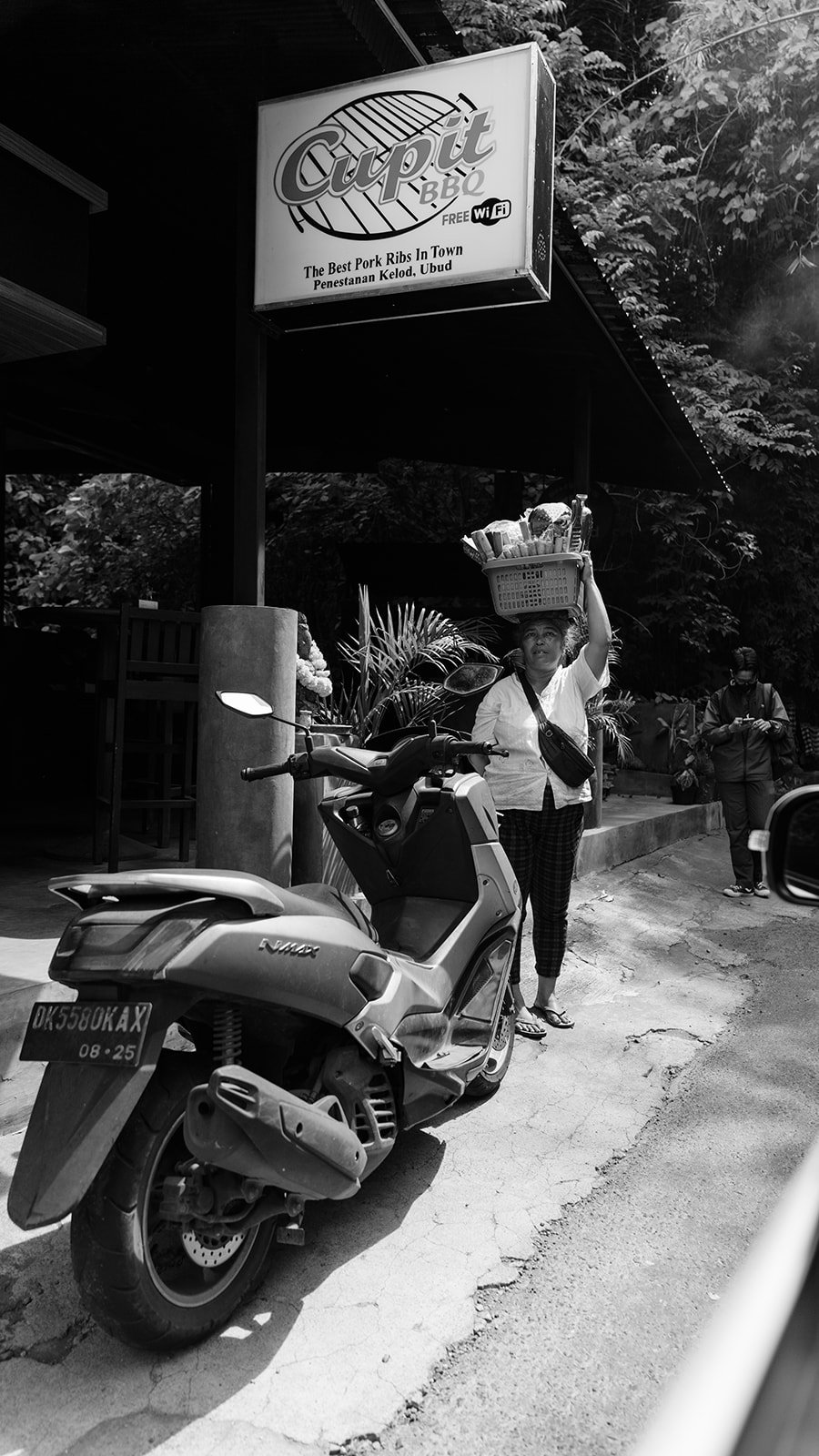Bali Street Photography: A Blak Lens on Culture, Chaos, and Connection
Observing Life in Motion
Street photography in Bali is a sensory experience, vibrant, layered, unpredictable. But through a Blak lens, it becomes more than just documenting the visual noise of a busy island. It becomes an act of witnessing parallels. A study in sovereignty, survival, and spirit.
This series was captured during a personal journey through Bali, where camera in hand, I sought to observe the rituals of daily life, from market vendors and temple offerings to street-side haircuts and motorbike traffic jams. Bali breathes in movement, and photography offered a way to sit still within it.
A First Nations Perspective Abroad
As a First Nations storyteller from Australia, photographing another colonised country carries weight. The relationship to land, to ceremony, to collective memory, it all felt familiar, even when the language and landscapes were not.
Much like home, I witnessed the tension between tradition and tourism. Between sacred and commodified. Through this lens, the photos carry layered meaning, snapshots of resilience as much as rhythm.
The Power of Everyday Moments
This body of work celebrates the ordinary. A man rides his motorbike past a timber yard. A vendor quietly prepares food beneath an umbrella. An elder rests with a hand-rolled smoke, while another pushes a wheelbarrow loaded with greens down a sunlit street. These are not posed portraits; they are fleeting truths.
There is no curated perfection here, just natural light, honest timing, and a camera set to observe. Every image is a quiet moment of respect. An acknowledgment of life moving, uninterrupted.
Technique and Approach
Shot on a mirrorless setup with a 24-70mm lens, I worked with minimal gear to remain agile and unobtrusive. Composition was instinctive. I allowed instinct to guide framing, letting the colours, textures, and body language of the street set the rhythm.
I avoided flash or staged moments. Instead, I focused on capturing truth.
Respectful Documentation
Though I was a visitor, I approached each image with respect. No photo was taken without consent when a subject became aware. However, much of the time I simply observed from a distance, allowing space to capture people on their own terms.
This is important to me not just as a photographer, but as an Aboriginal person. To document another culture is a privilege, not a right.
Reflections on Storytelling Across Cultures
What connects us are the details: a mother cradling her baby, an elder tending to their space, friends laughing under the sun. These are stories not bound by geography and they’re exactly the kind of stories Ripple Narratives exists to share.
This series reminded me of the universal strength in soft moments. The stories that don’t shout but ripple.
Explore the Gallery
Scroll down to explore selected images from the series. Each frame offers a different note in the larger melody of Balinese life.
If you’d like to exhibit or license any of these works, or to commission similar documentary-style storytelling for your own community or organisation, please get in touch.


